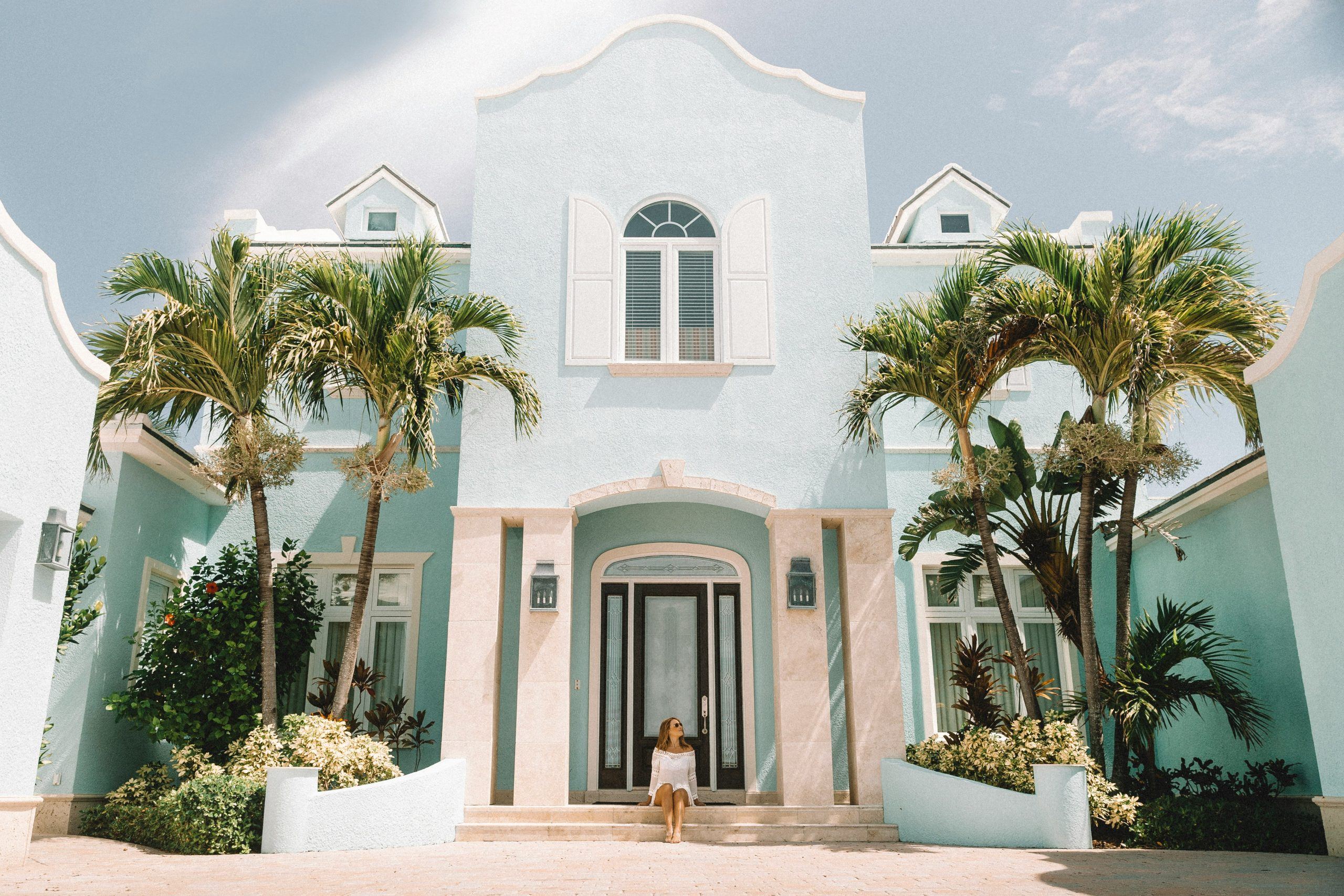Tiny Home Zoning Wars: Legalizing Minimalist Living
Imagine living in a small, compact space that has everything you need and nothing more. No clutter, no excess, just the essentials. This is the lifestyle of many individuals who have embraced the tiny home movement. With the rising cost of living and a growing concern for the environment, more and more people are turning to tiny homes as a solution. However, despite their popularity, tiny homes face a major challenge – zoning laws. There is a growing battle between tiny home owners and local authorities over the legality of these minimalist homes. In this article, we will explore the issue of tiny home zoning wars and the efforts to legalize this innovative way of living.
Understanding Tiny Home Zoning Laws
The concept of tiny homes is fairly new, which means that many local zoning laws do not account for them. As a result, tiny home owners often find themselves in a legal gray area. Zoning laws, which are regulations that dictate the use of land and structures, typically have minimum size requirements for dwellings. These minimum sizes are often much larger than the average tiny home, which can be as small as 100 square feet. This means that tiny homes do not meet the criteria to be considered a legal dwelling in many areas.
The Legal Challenges of Tiny Homes
The conflict arises when individuals choose to live in these smaller dwellings and local officials deem them as illegal structures. This can lead to fines, eviction, and even forced demolition of the tiny home. Many tiny home owners argue that these laws are outdated and do not reflect the current needs and desires of society. They also argue that living in a tiny home promotes a more sustainable and environmentally friendly lifestyle.
The Quest for Legalization
In order to address this issue, advocates for tiny homes are actively working towards changing zoning laws and increasing the legal recognition of tiny homes. This includes efforts to reclassify tiny homes as “accessory dwelling units” or “backyard cottages,” which are allowed in many areas as long as they meet certain requirements. This reclassification would allow tiny homes to bypass the minimum size requirement and provide a legal pathway for tiny home owners to live on their own property.
The Benefits of Legalizing Tiny Homes
Aside from providing a solution for affordable and sustainable living, legalizing tiny homes has numerous benefits. For one, it allows individuals to have more control over their living situation and promotes alternative housing options. It also provides economic opportunities for builders and creates more affordable housing options for those in need. Furthermore, the tiny home movement promotes a simpler and less materialistic lifestyle, which can have positive impacts on mental health and well-being.
Challenges to Overcome
While the efforts to legalize tiny homes are making progress in some areas, there are still many challenges to overcome. Some local officials are hesitant to change zoning laws, citing concerns about property values and neighborhood aesthetics. Additionally, there is the issue of infrastructure. Tiny homes require different utilities and services than traditional homes, which may not be equipped to handle them. These challenges must be addressed in order for tiny homes to fully become a legal and viable housing option.
In Conclusion
The push for legalizing tiny homes is gaining momentum as more people recognize the benefits and potential of this minimalist way of living. While there are still many obstacles to overcome, it is clear that the tiny home movement is here to stay. With continued advocacy and efforts towards changing zoning laws, we may soon see a future where tiny homes are a recognized and accepted form of housing. Until then, the tiny home zoning wars will continue as both sides work towards finding a compromise.











